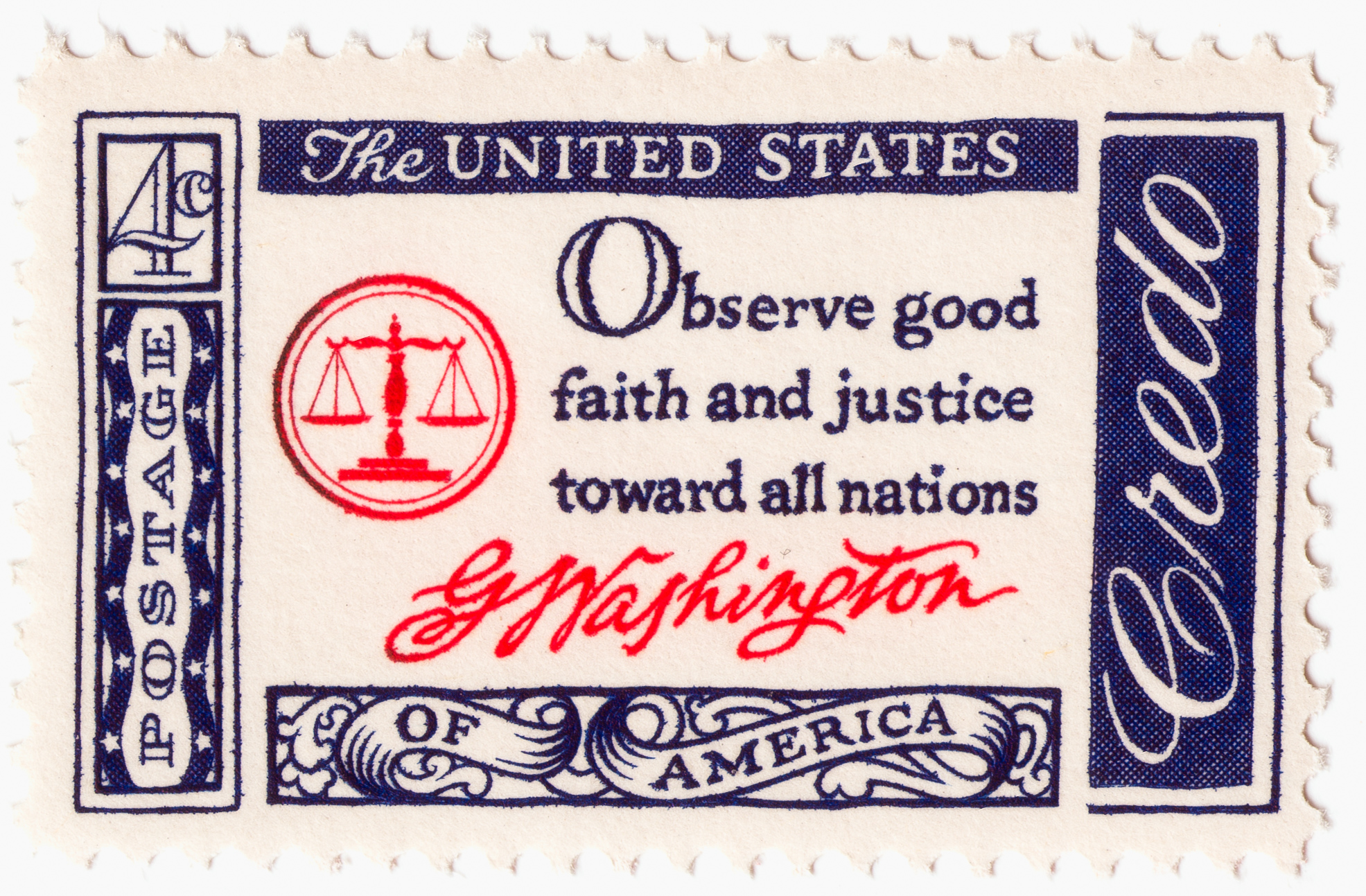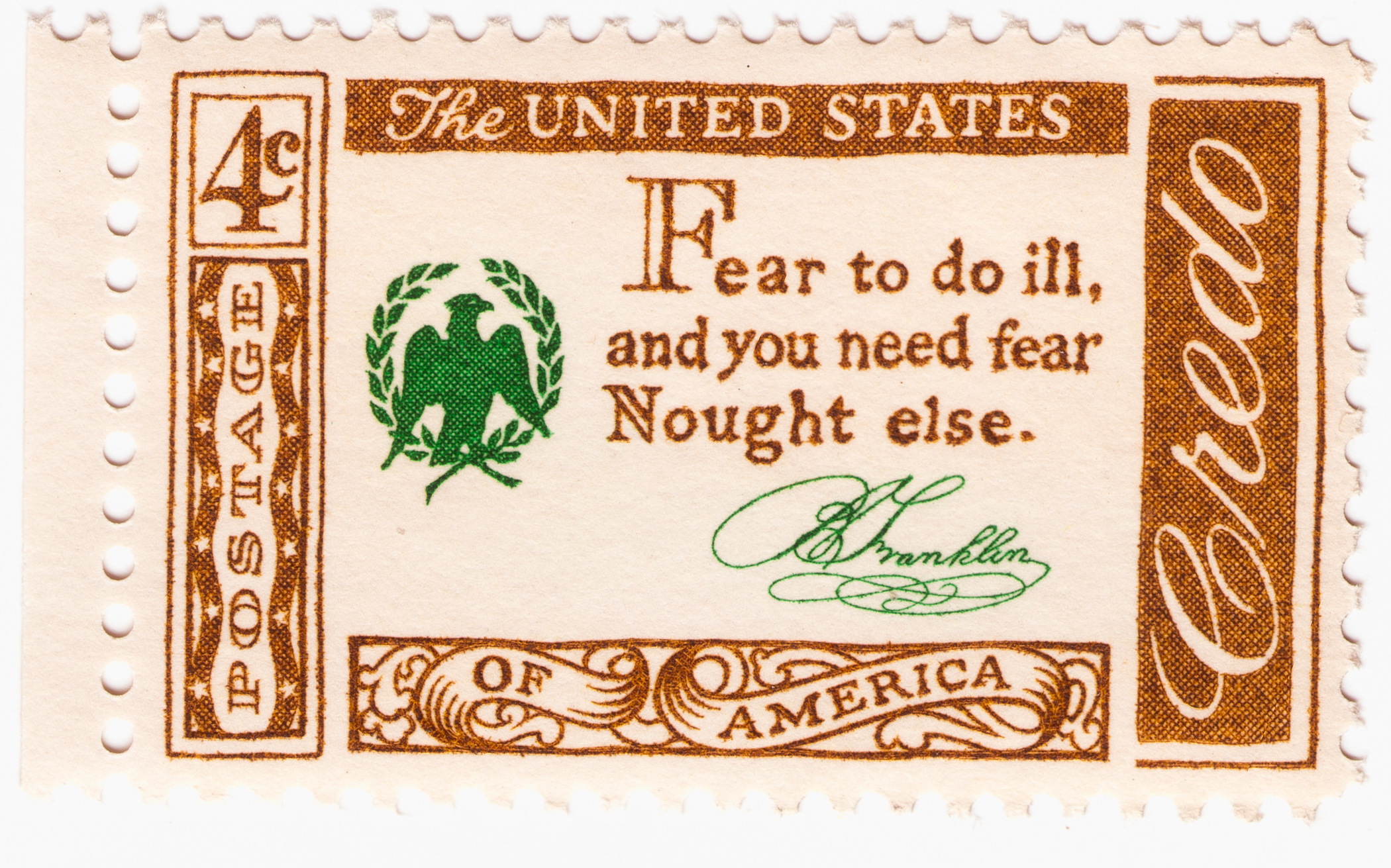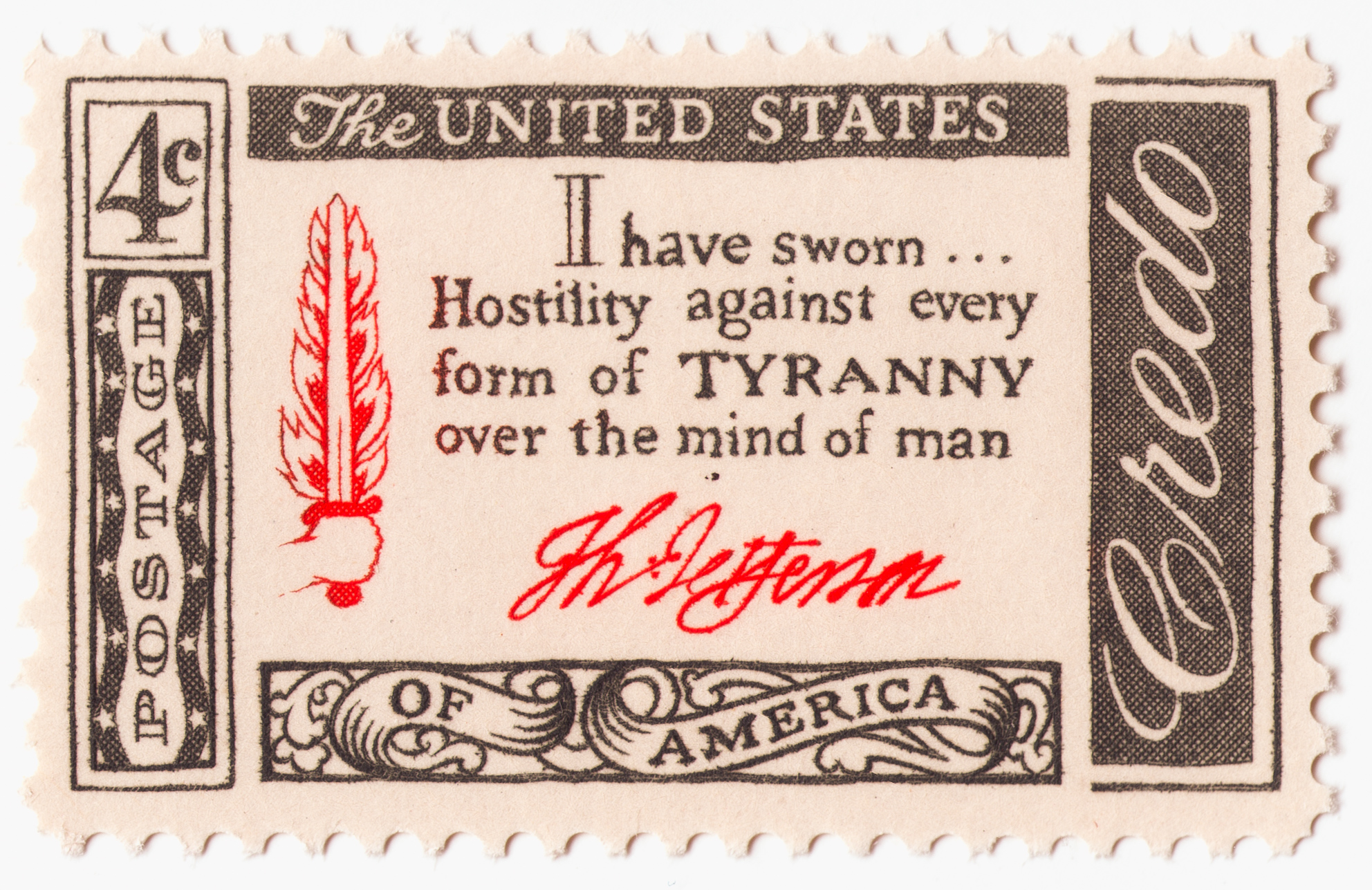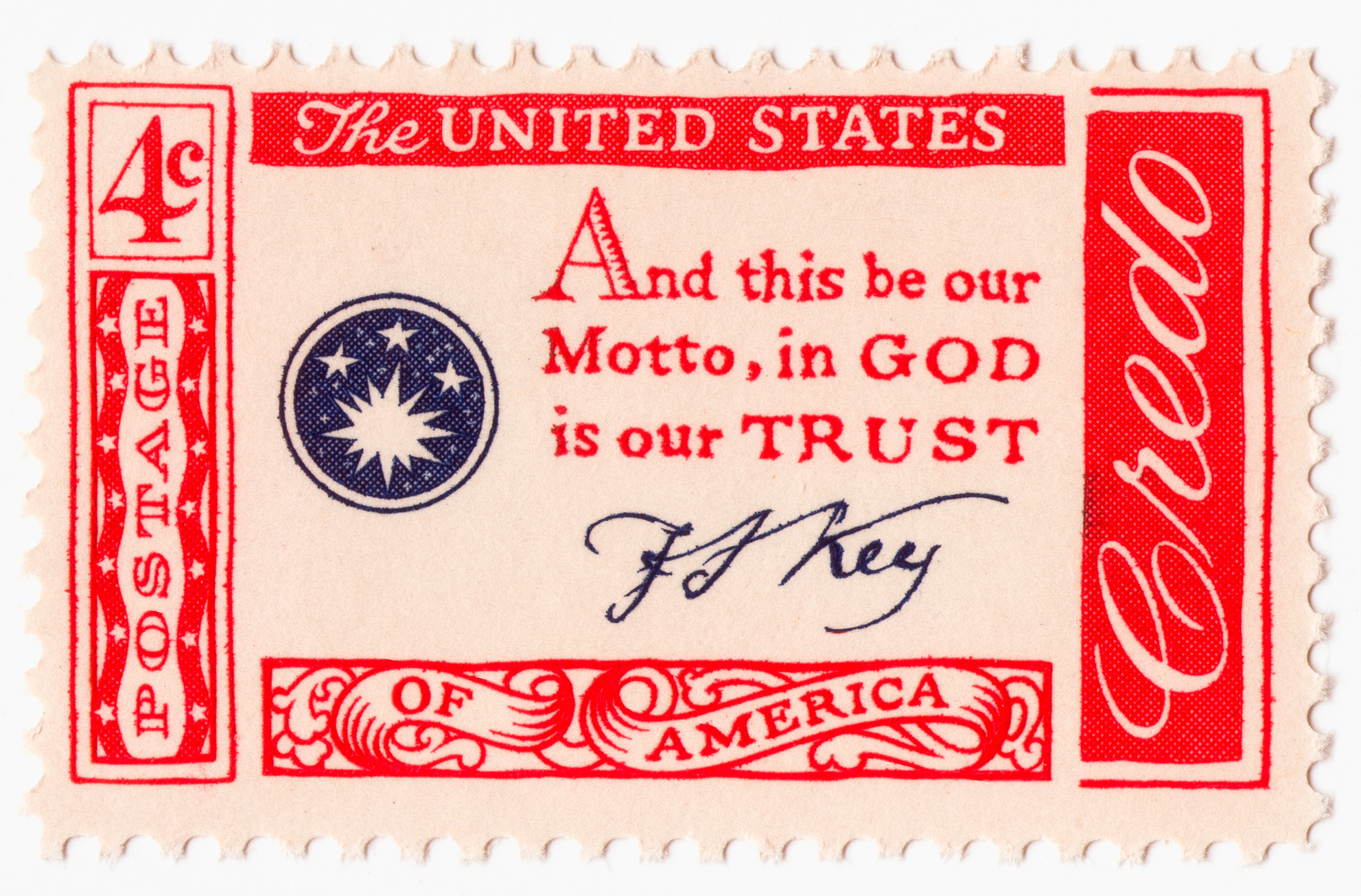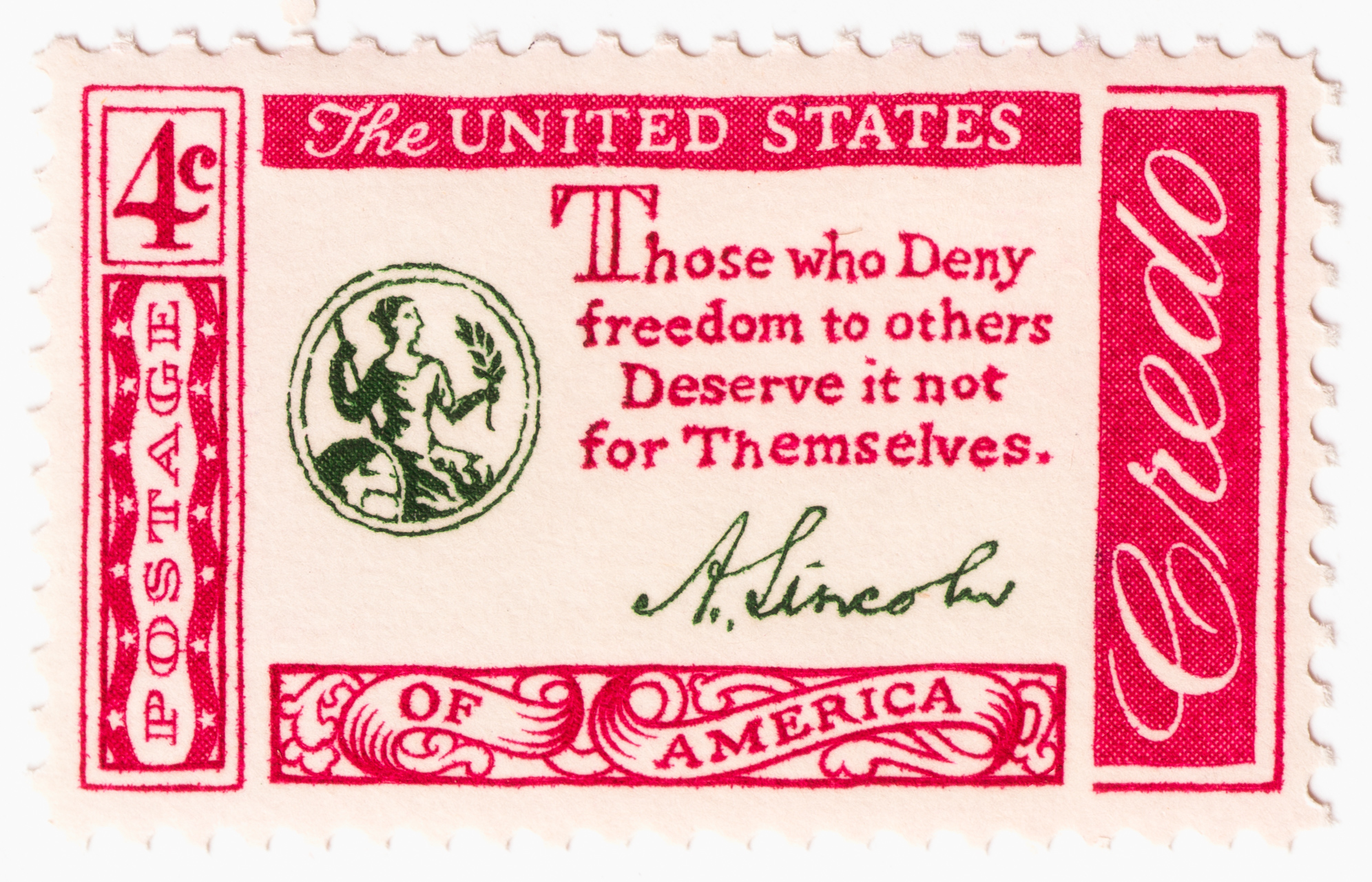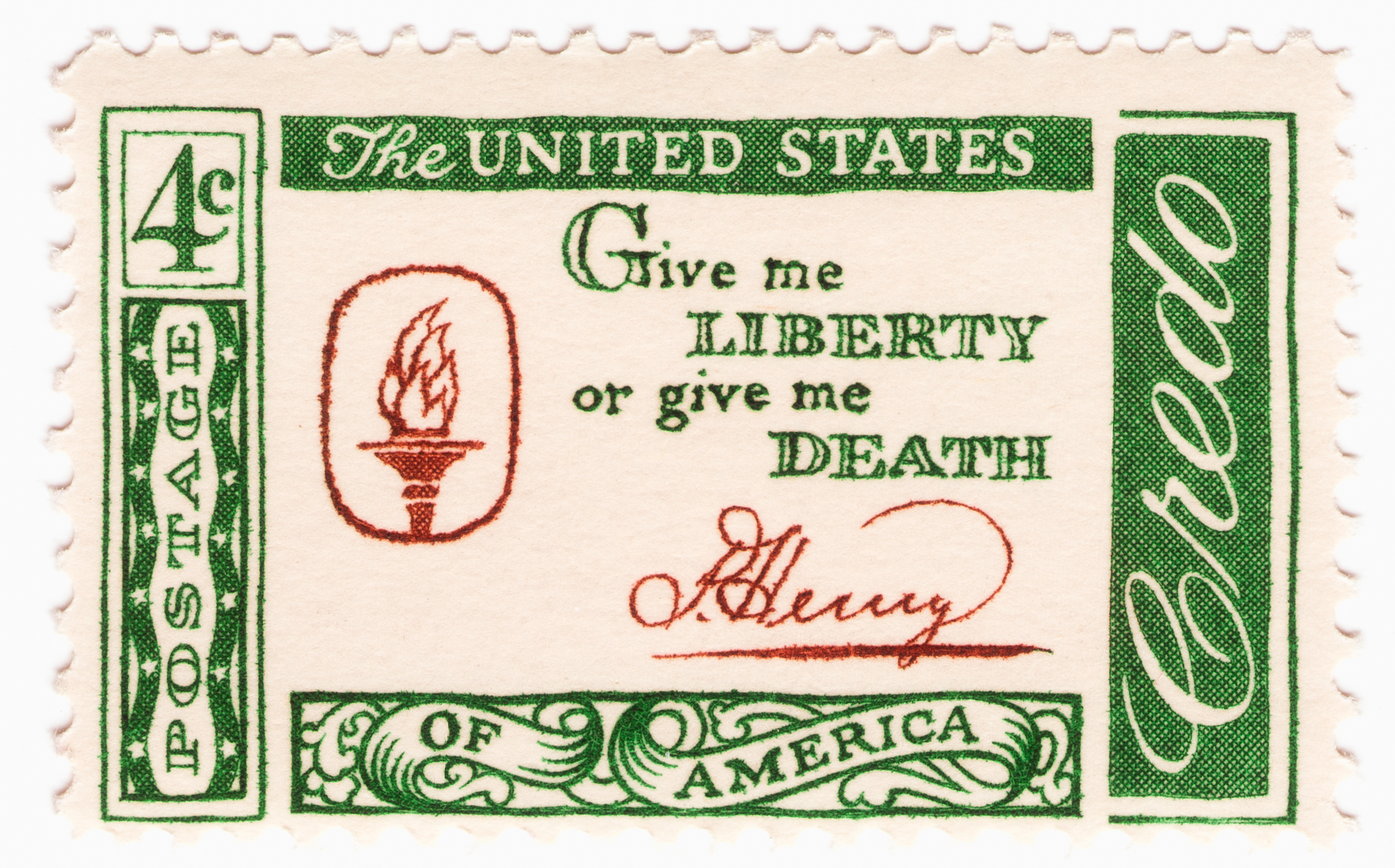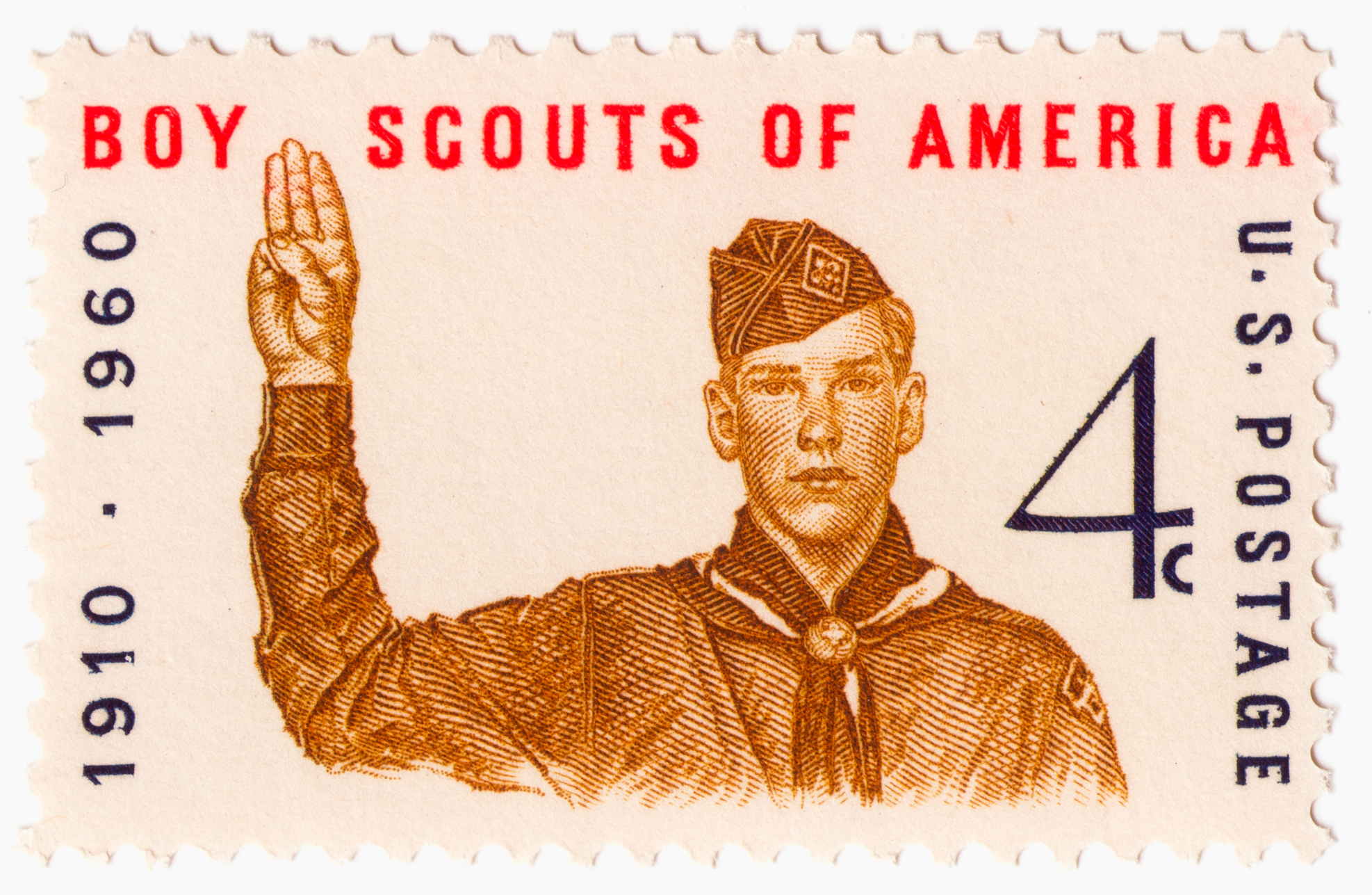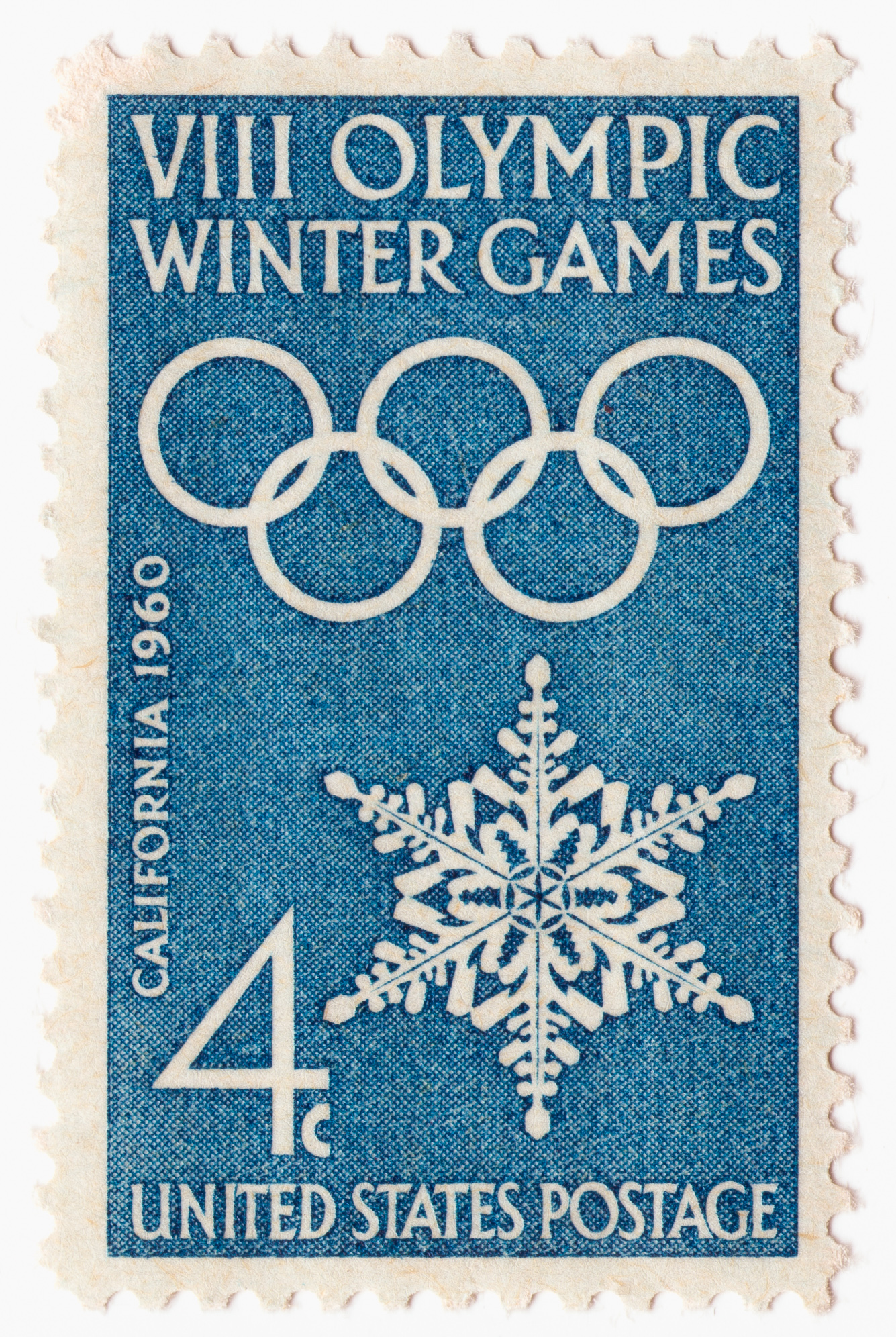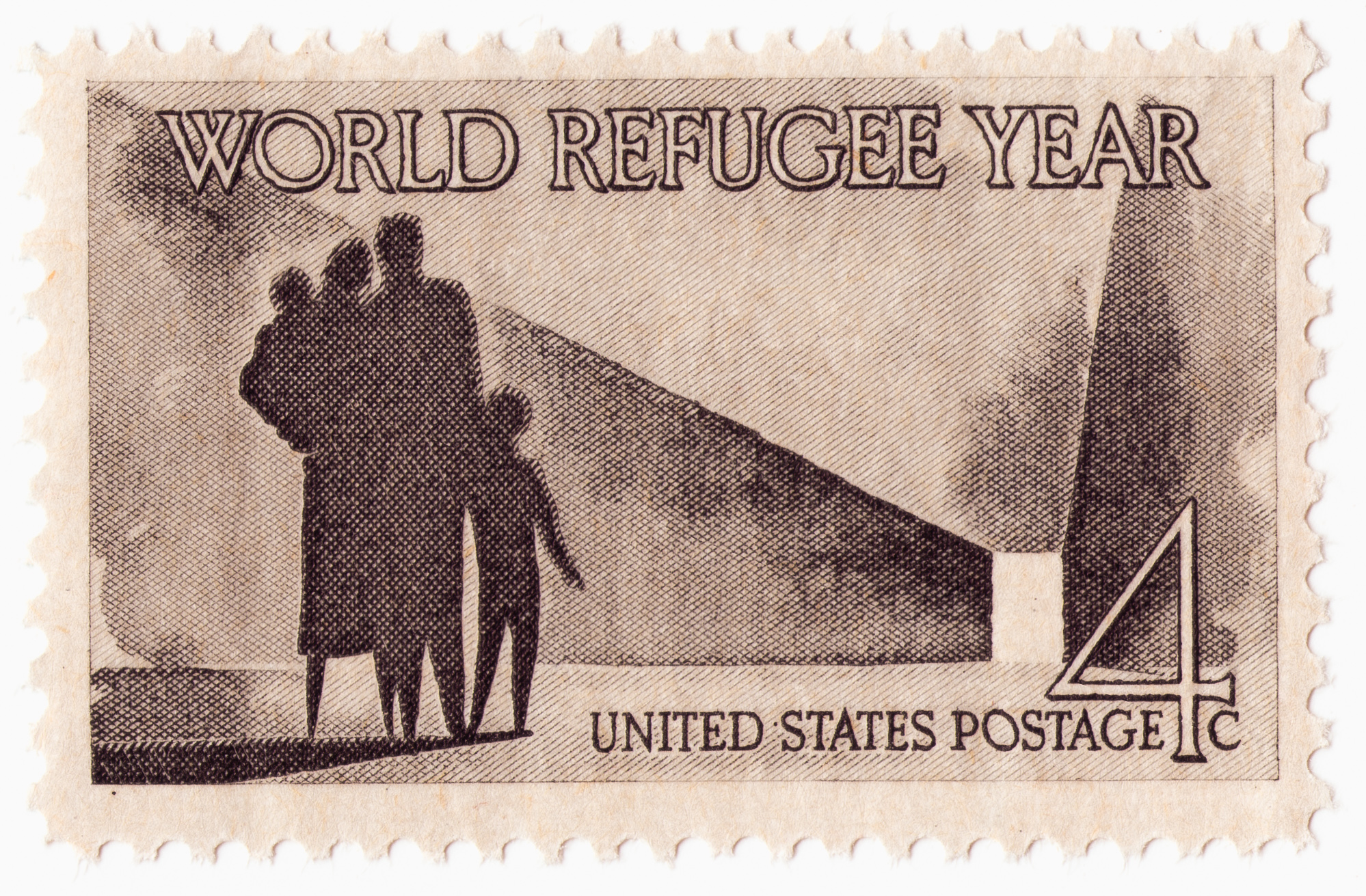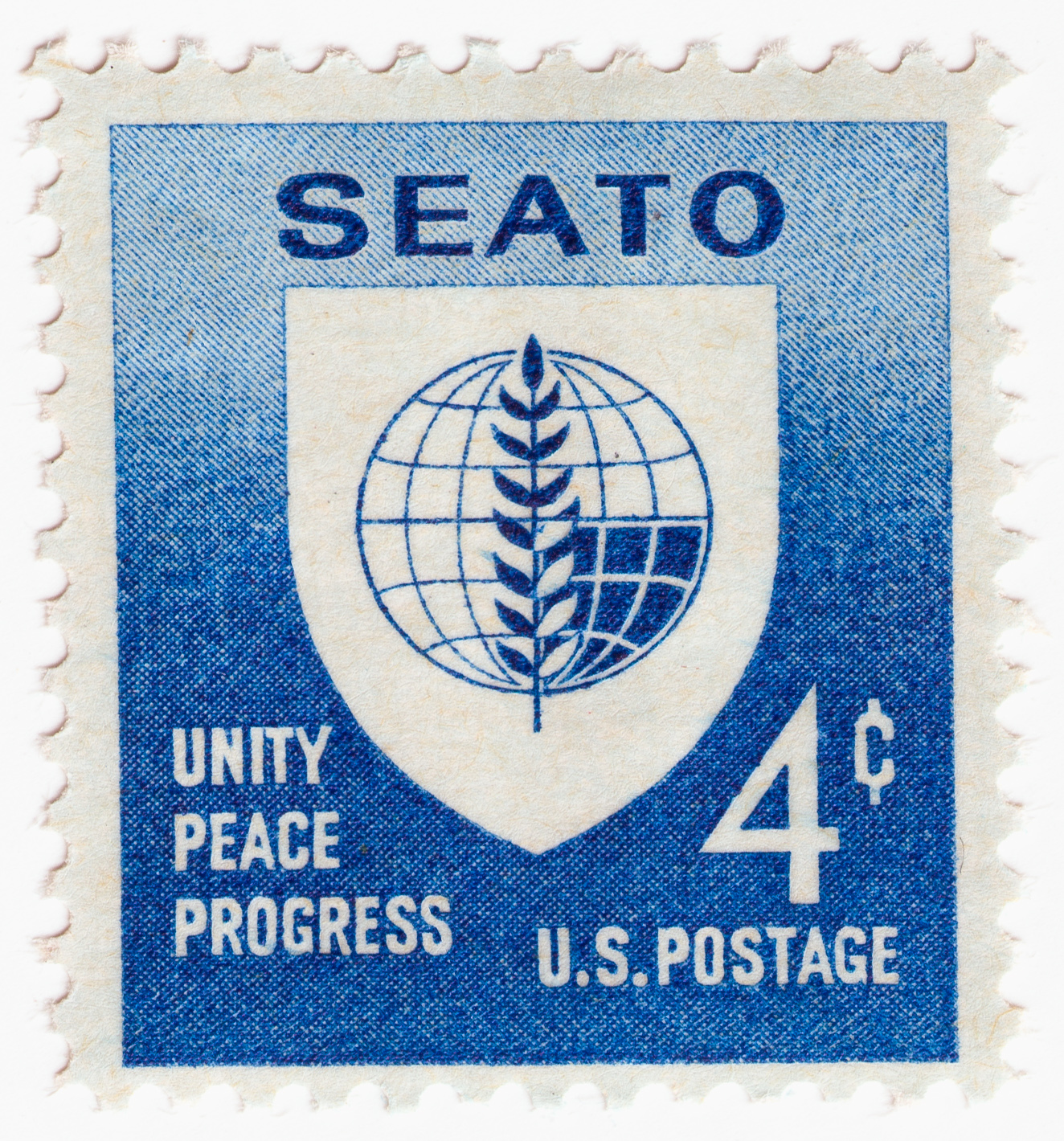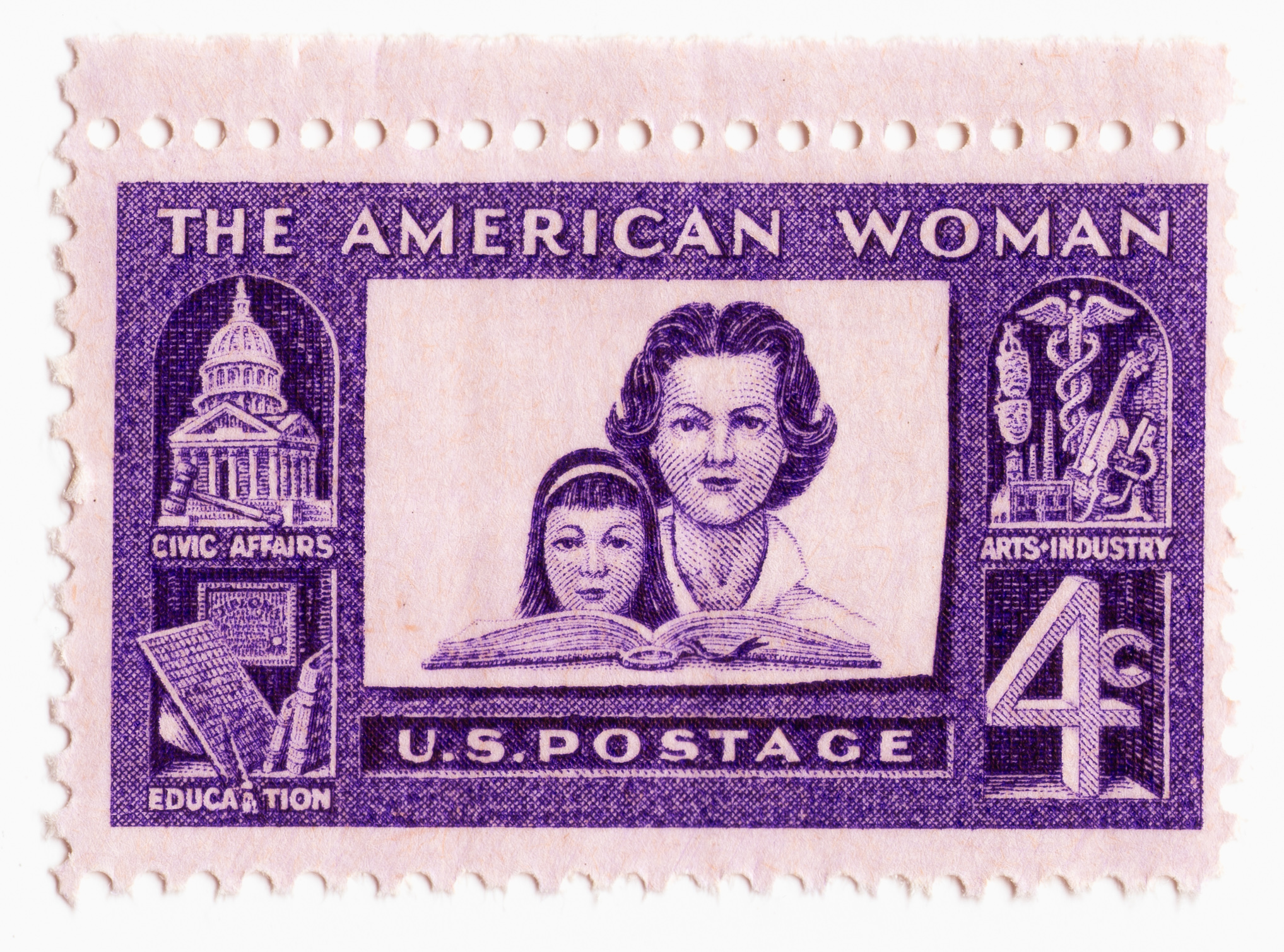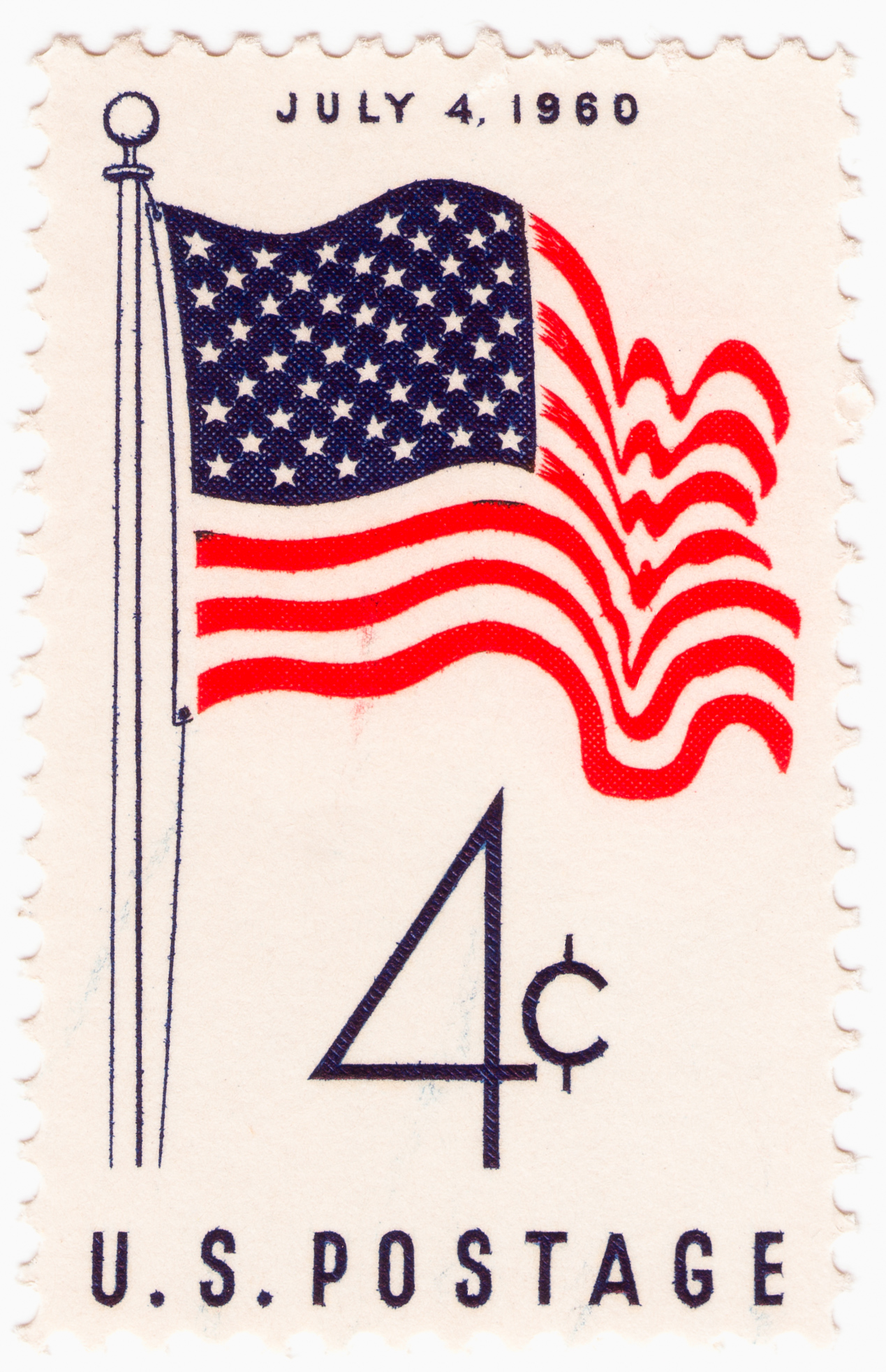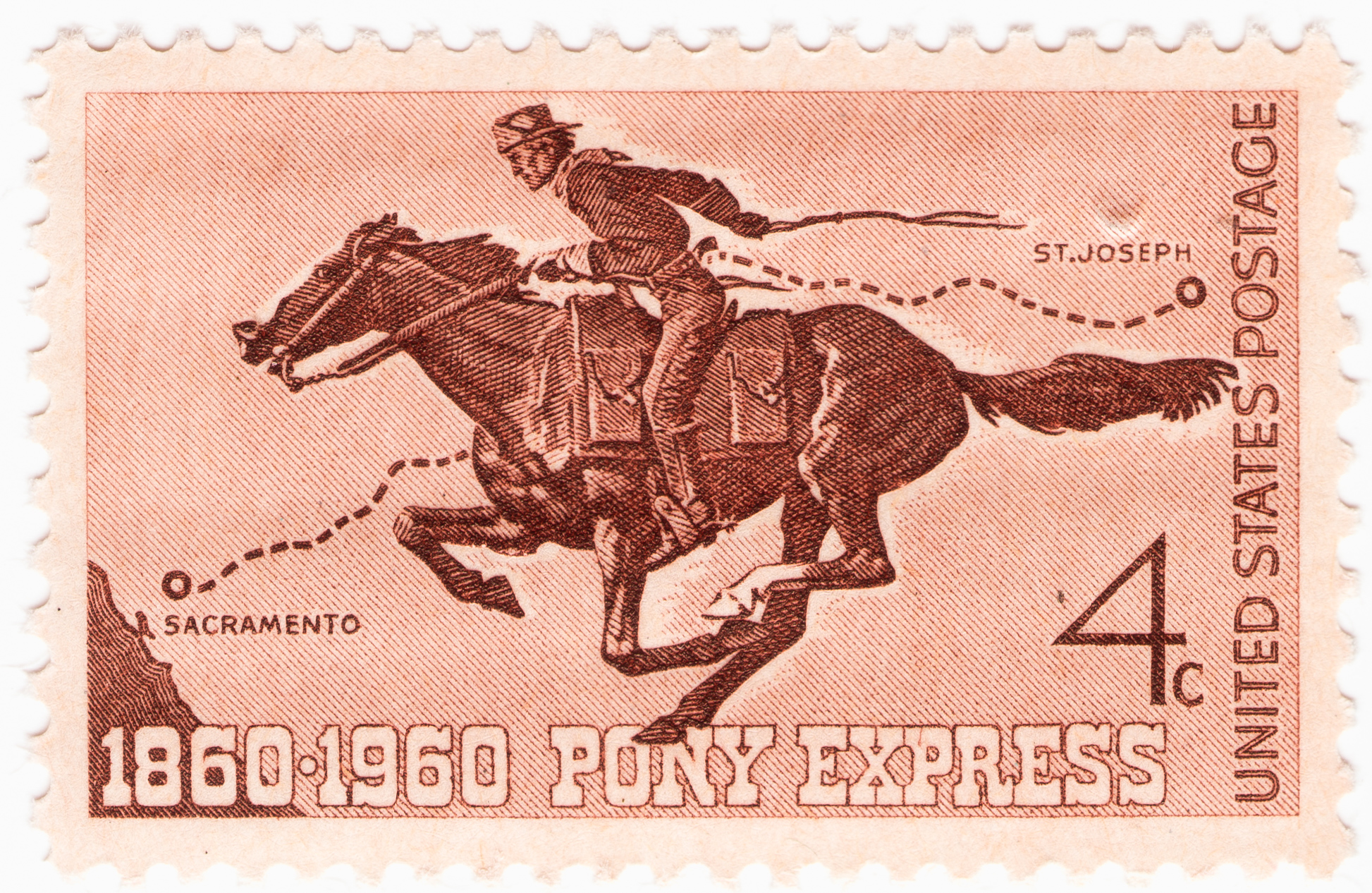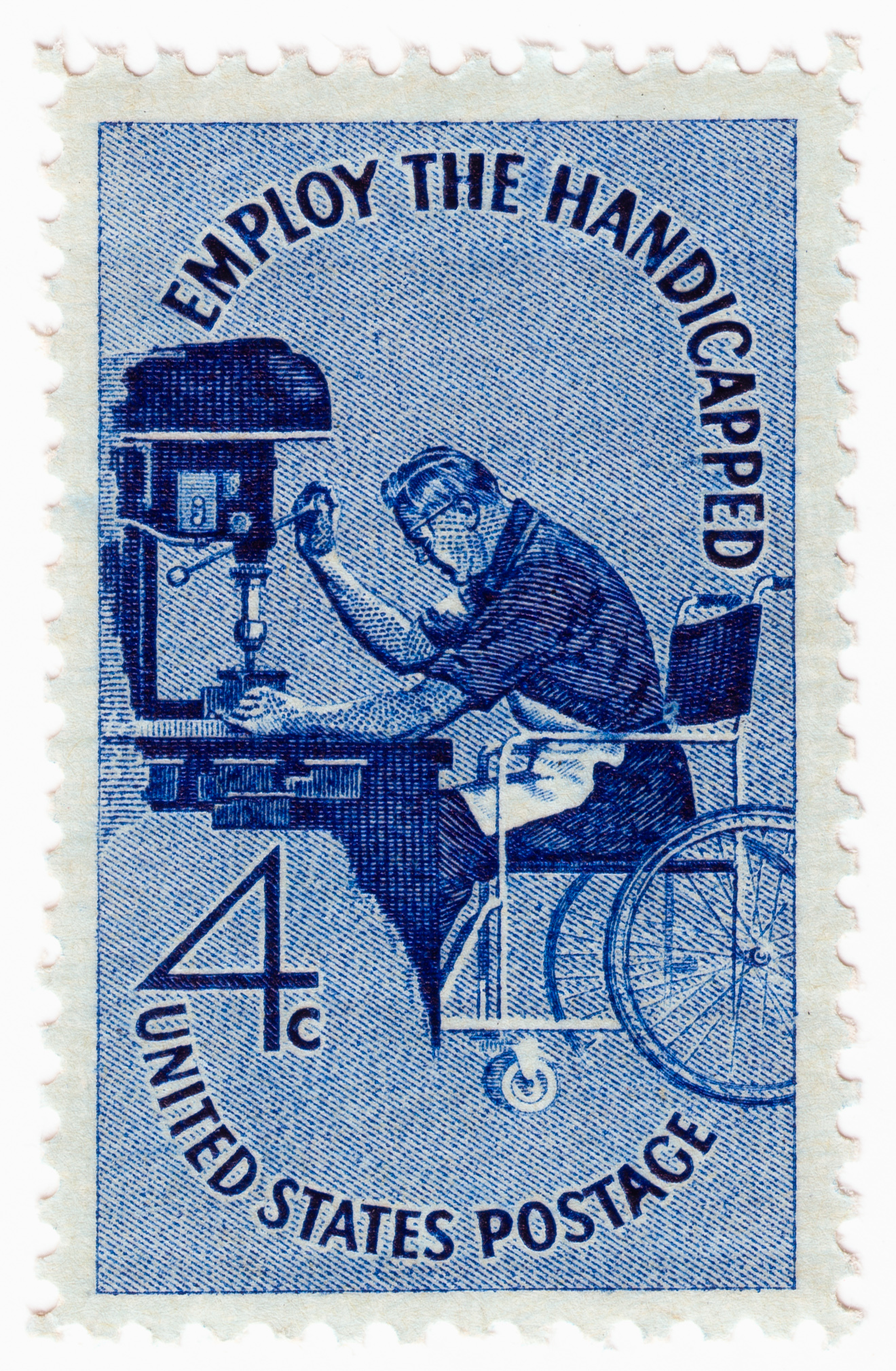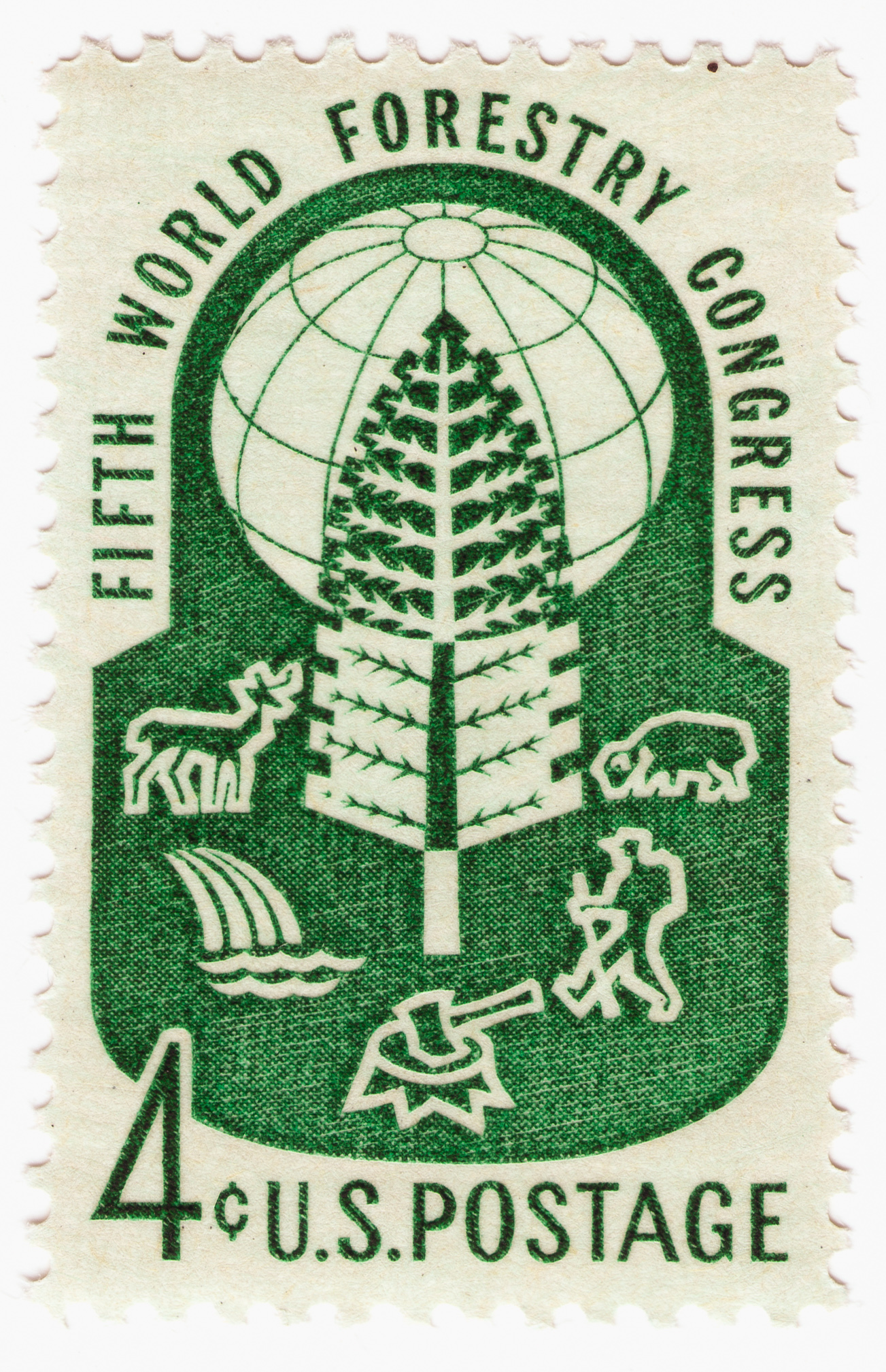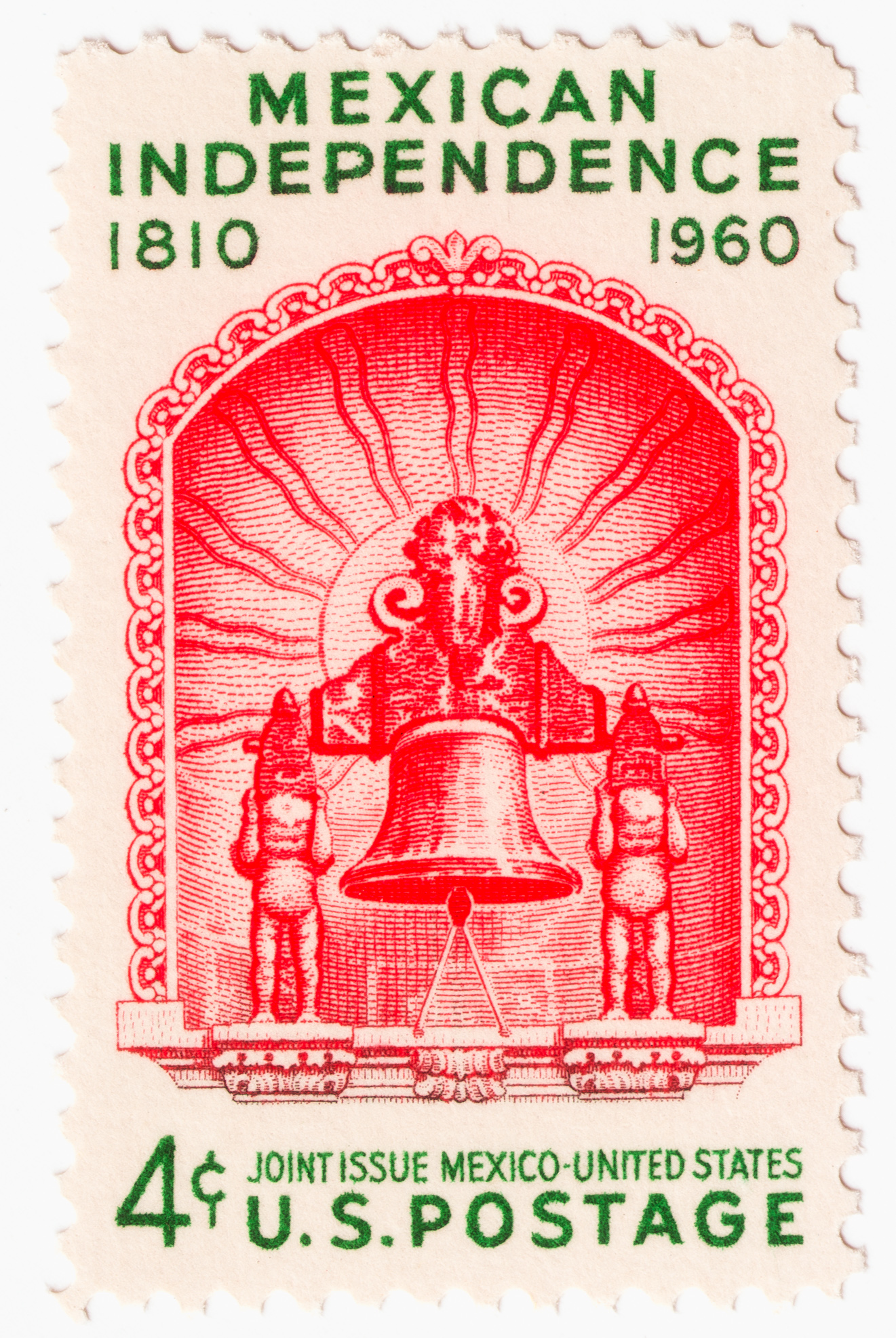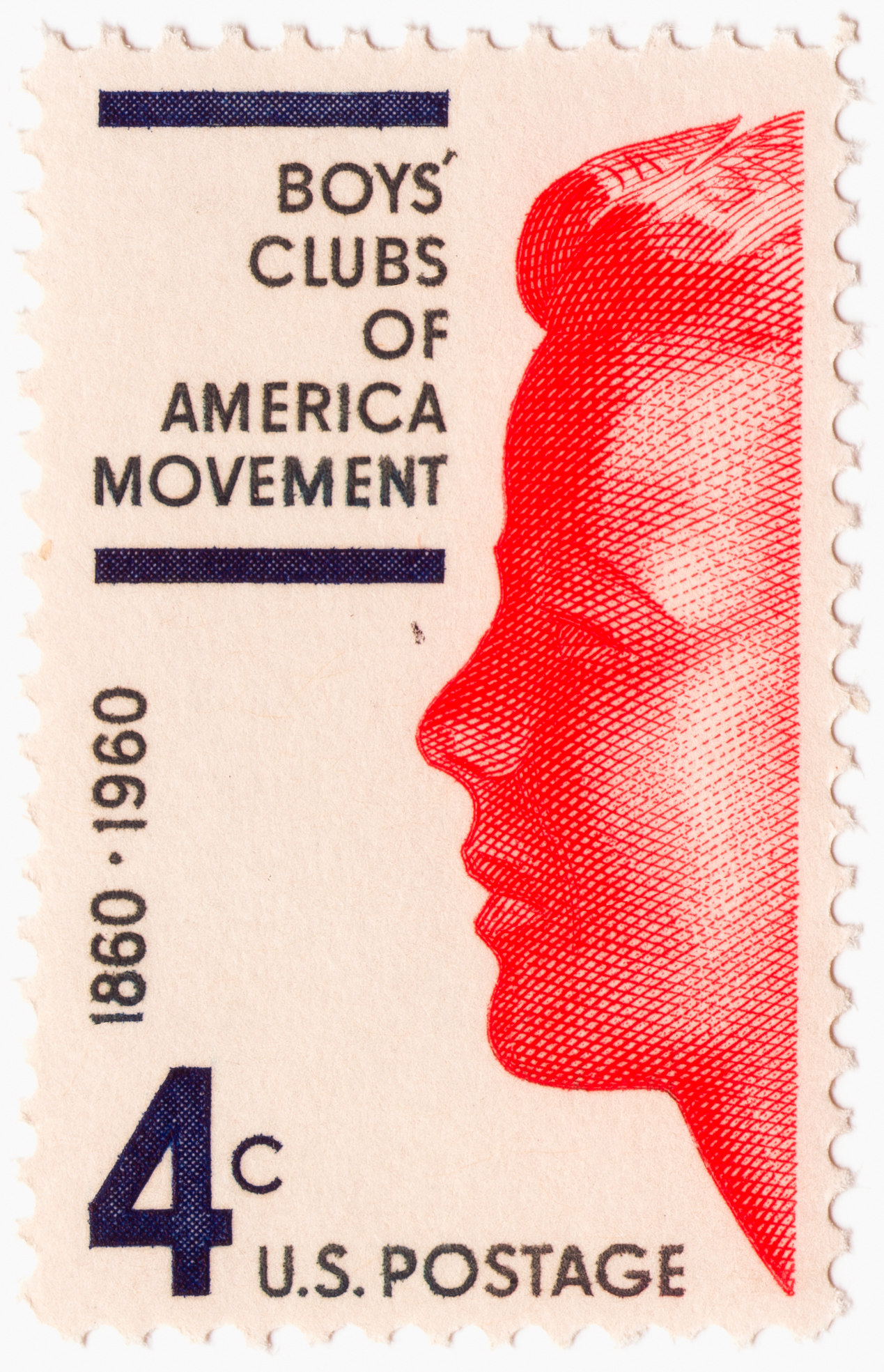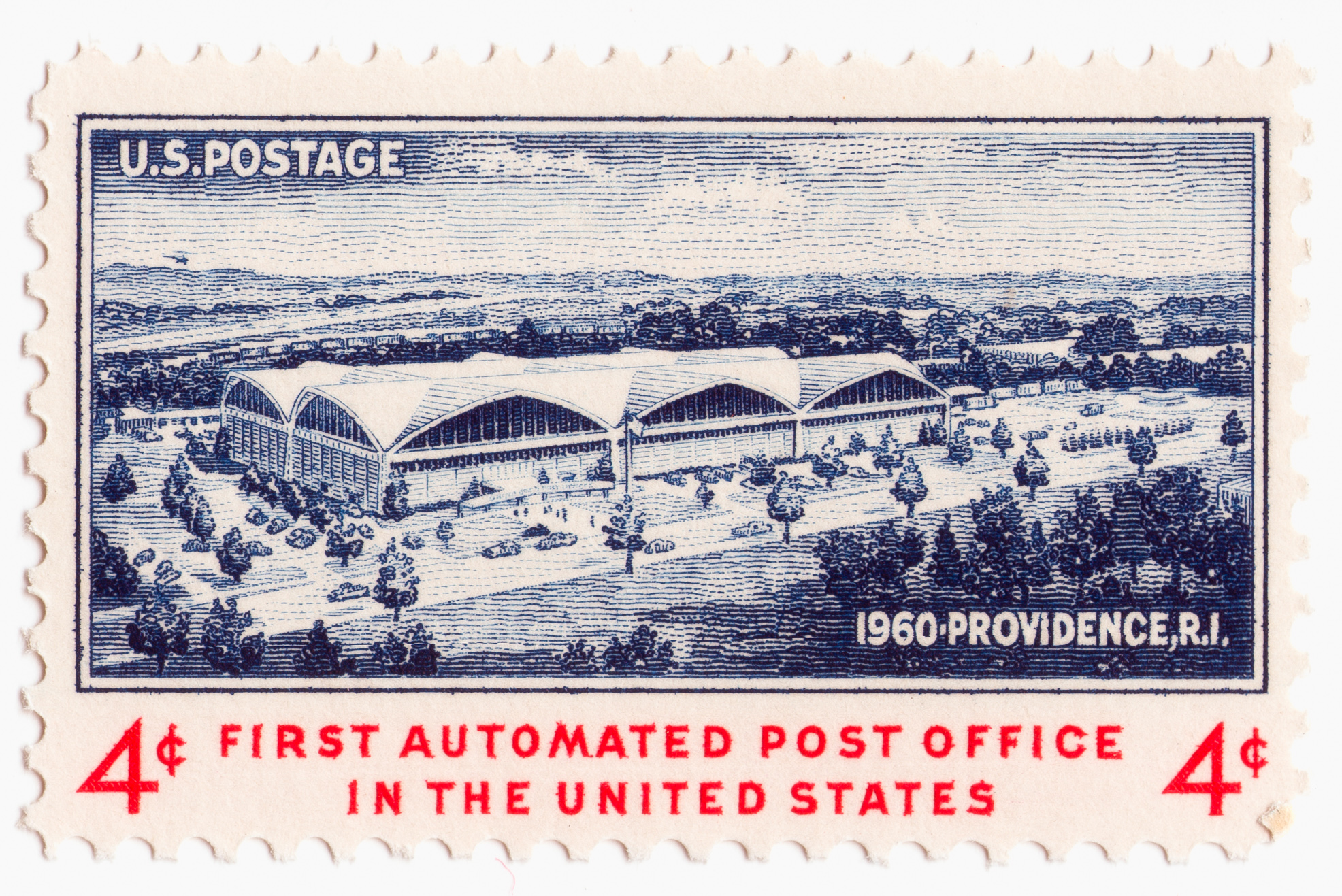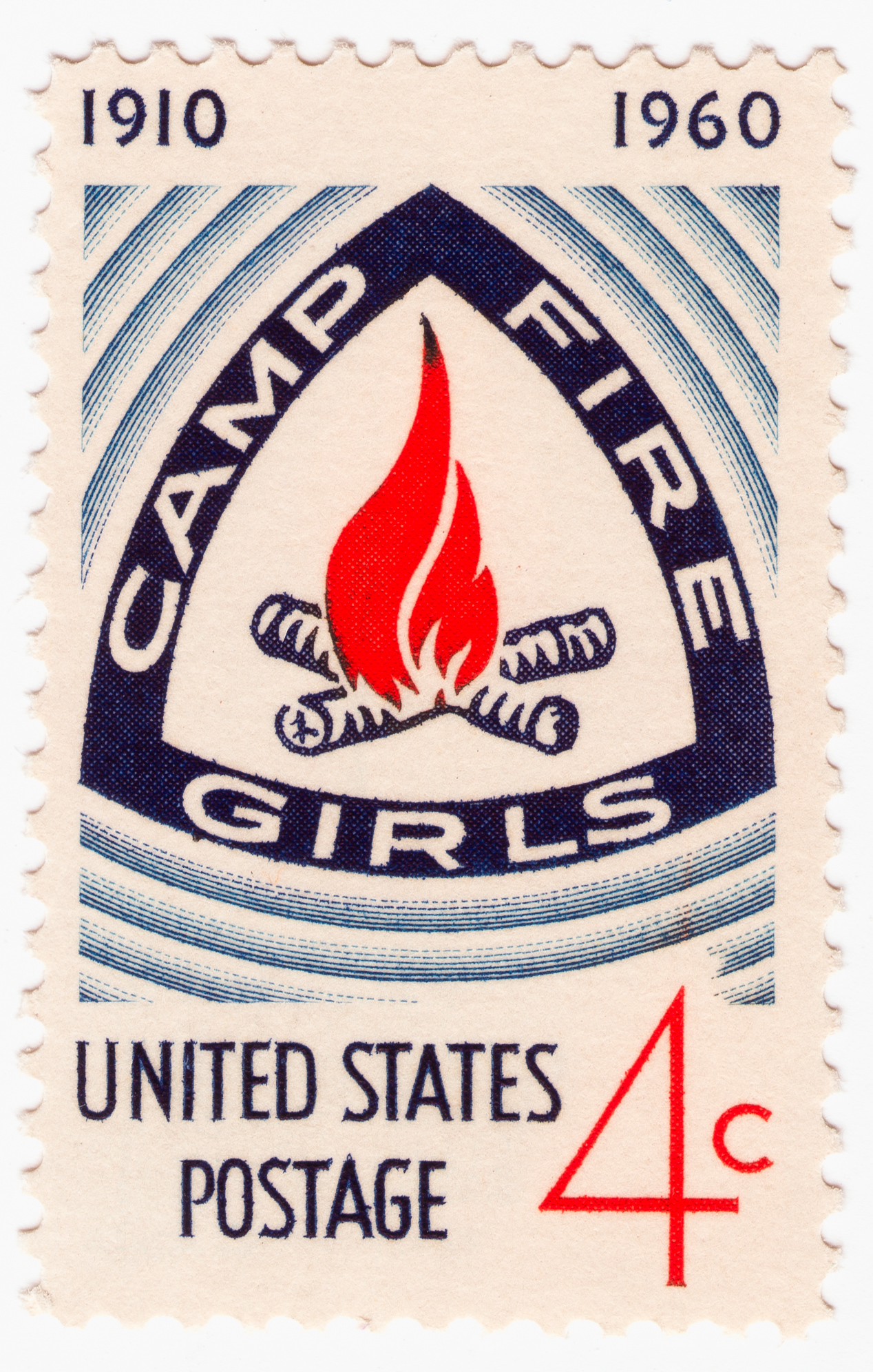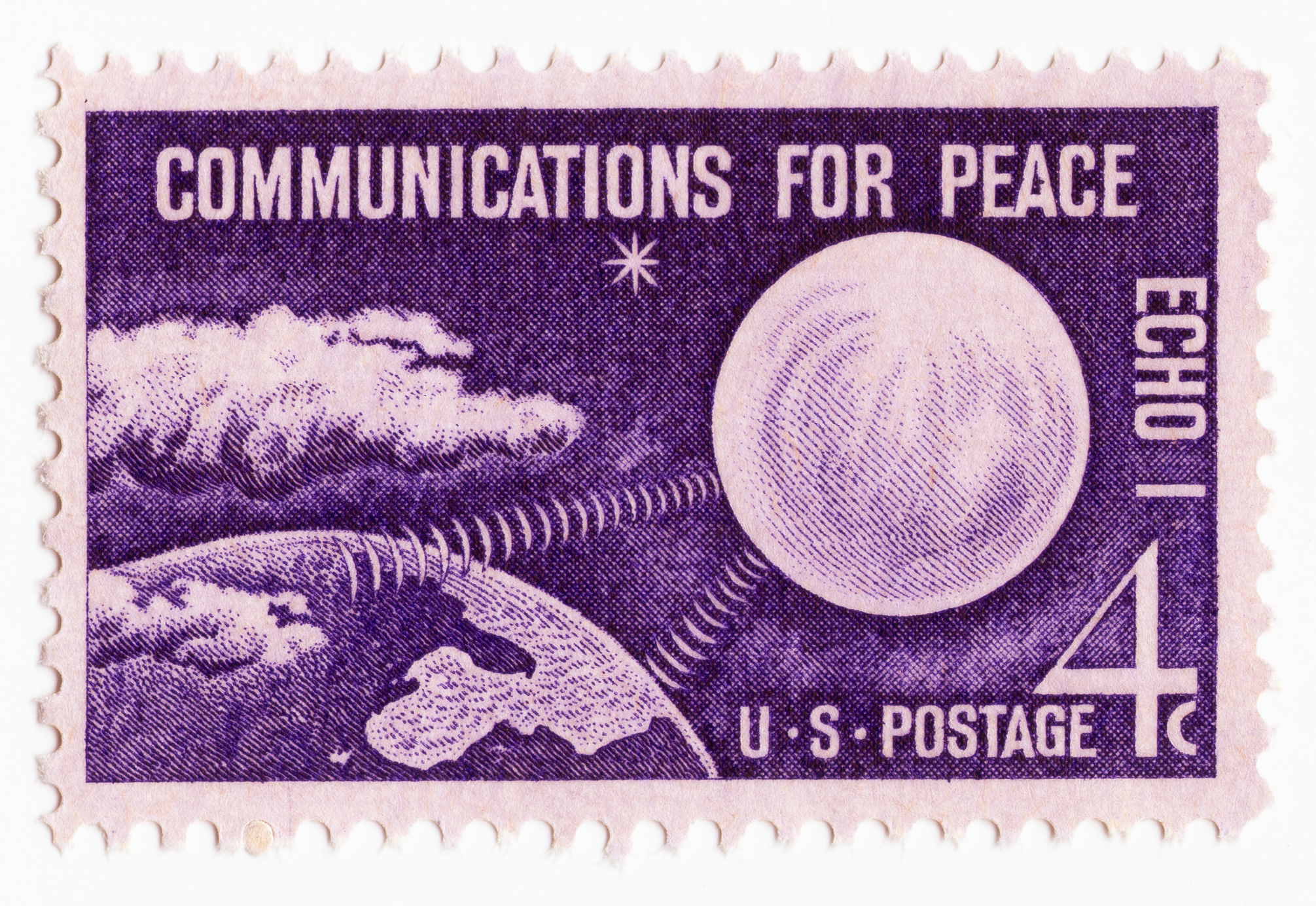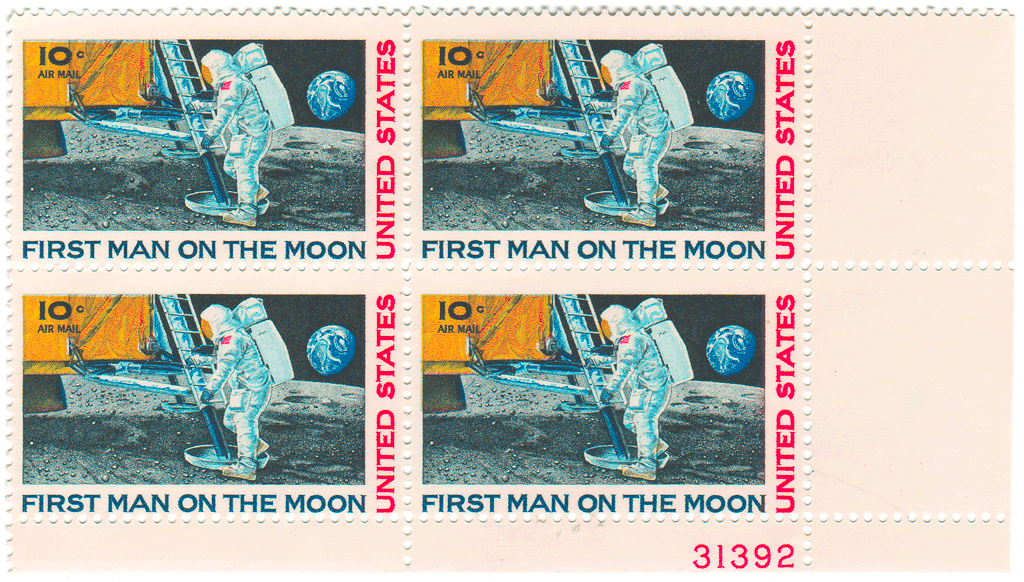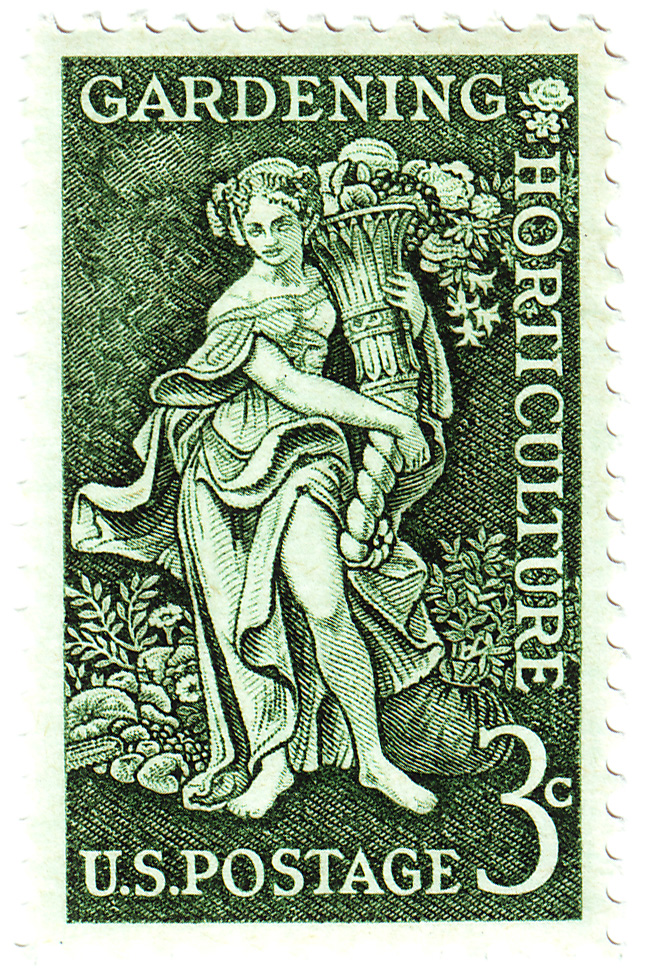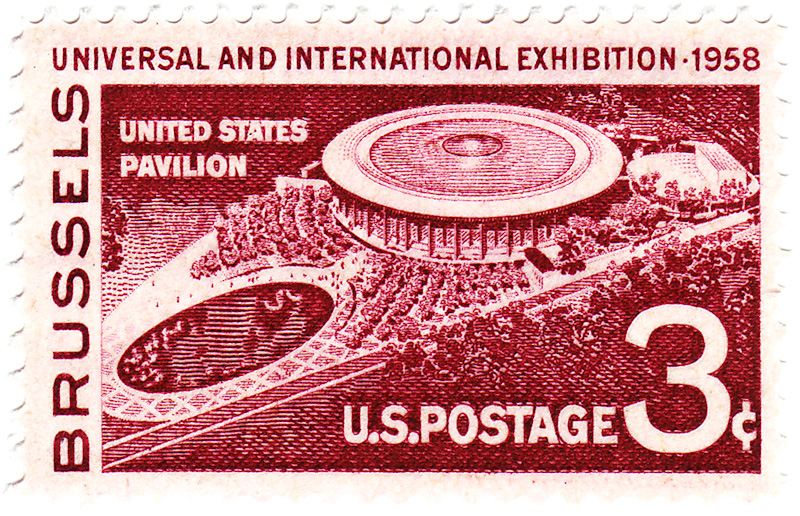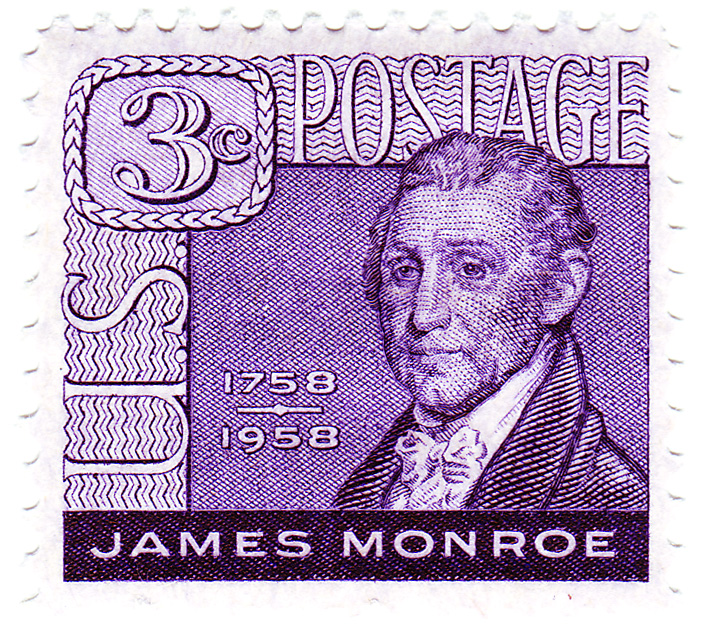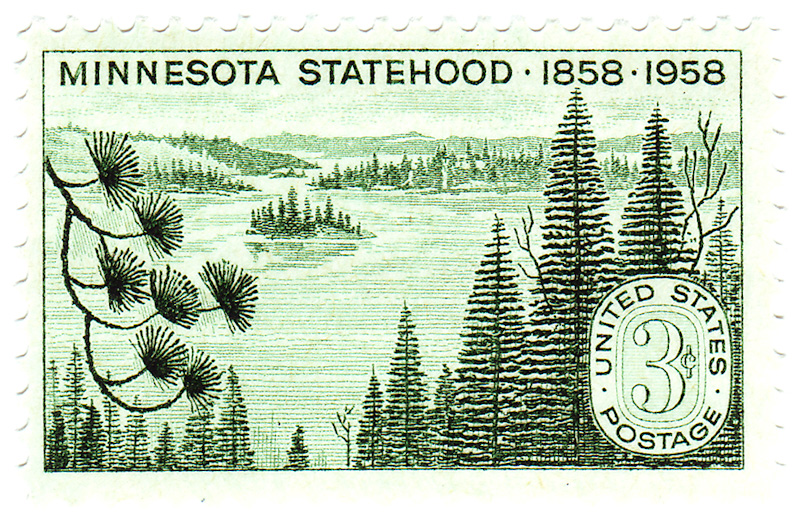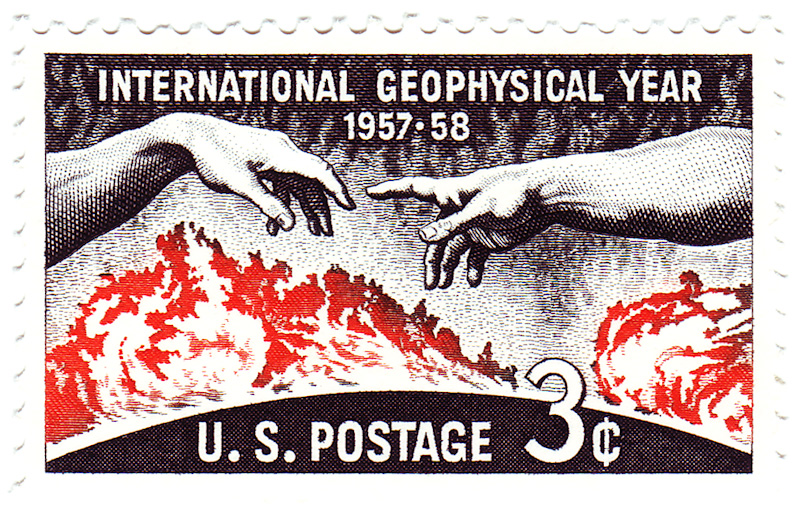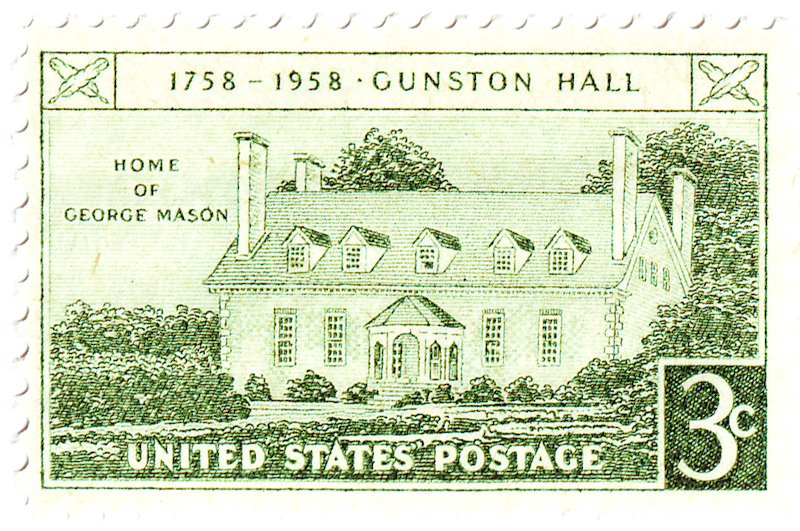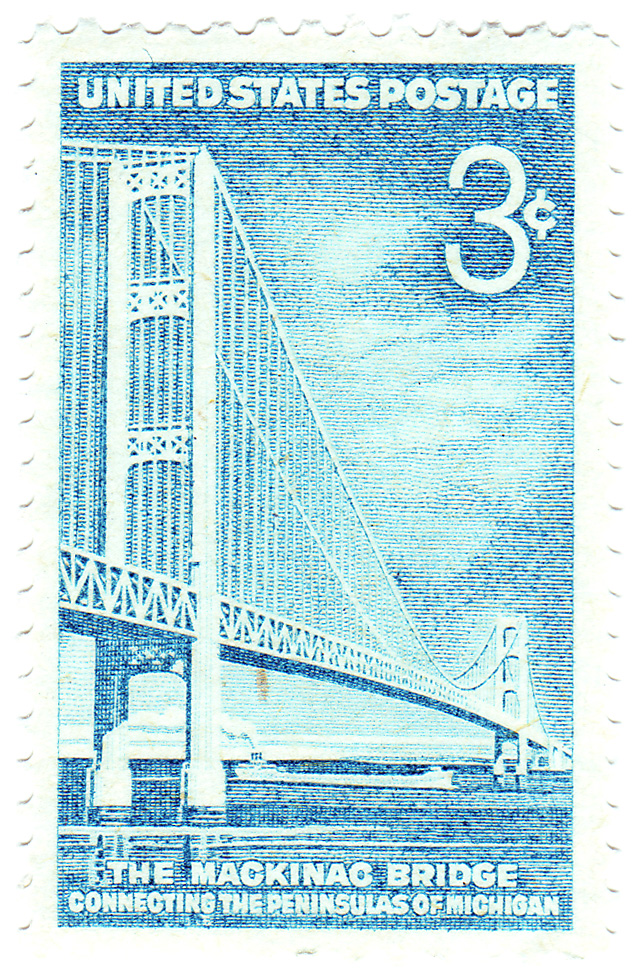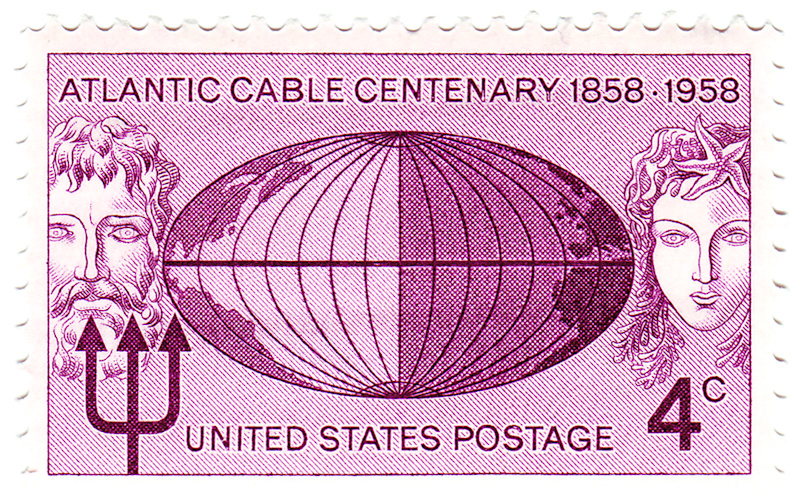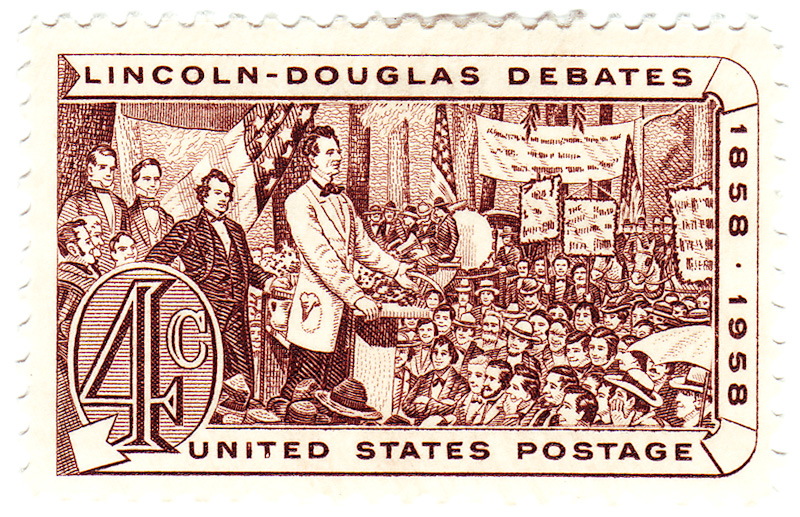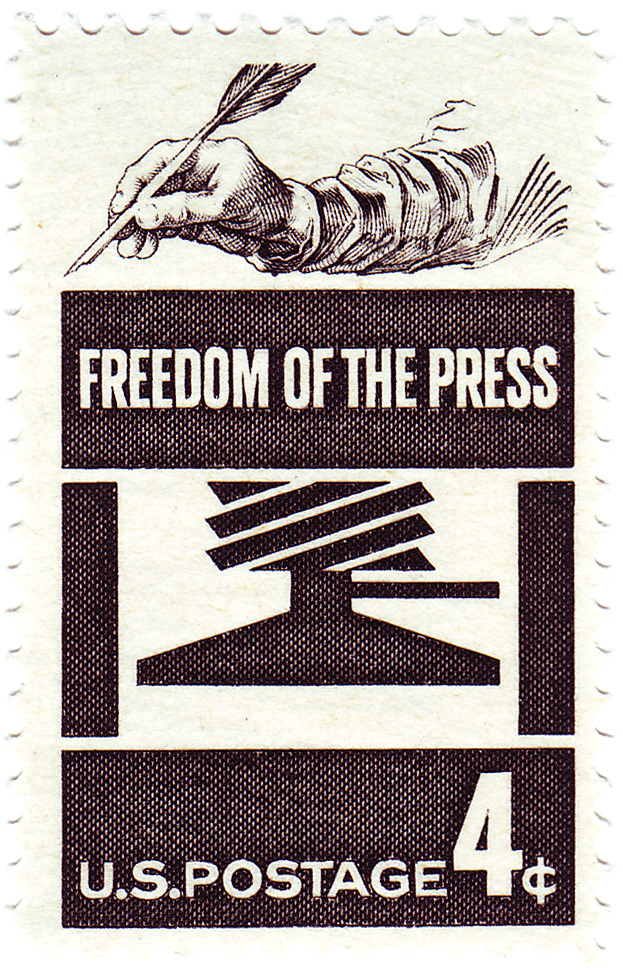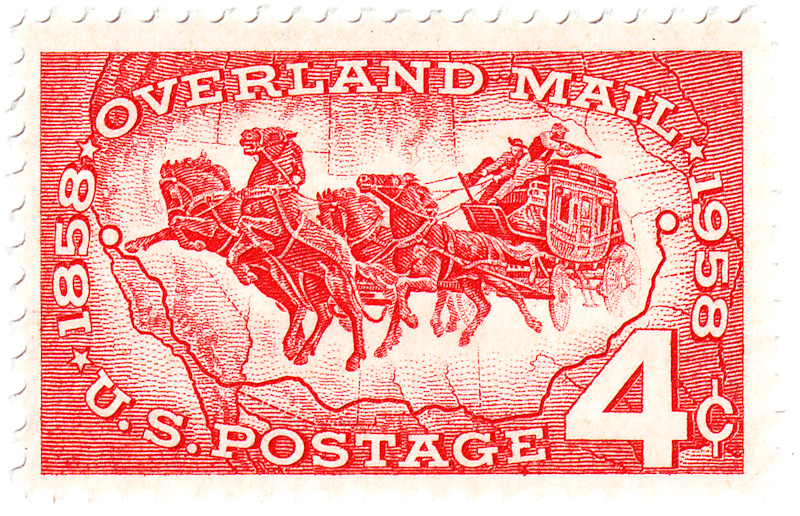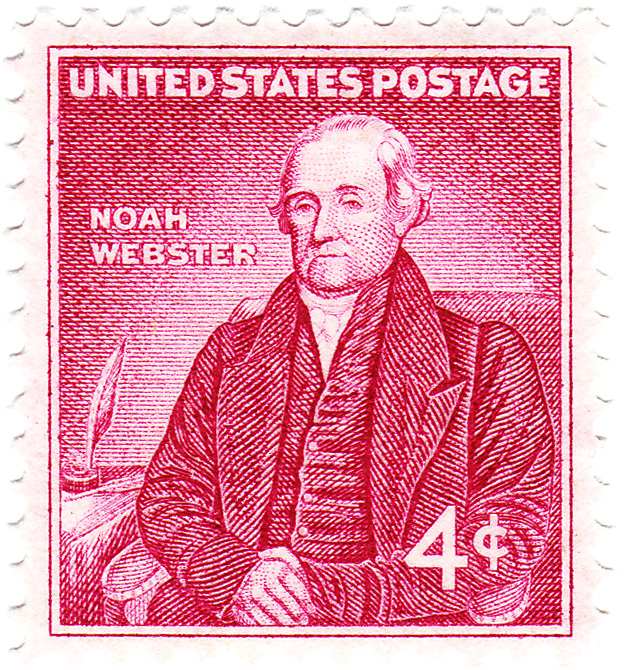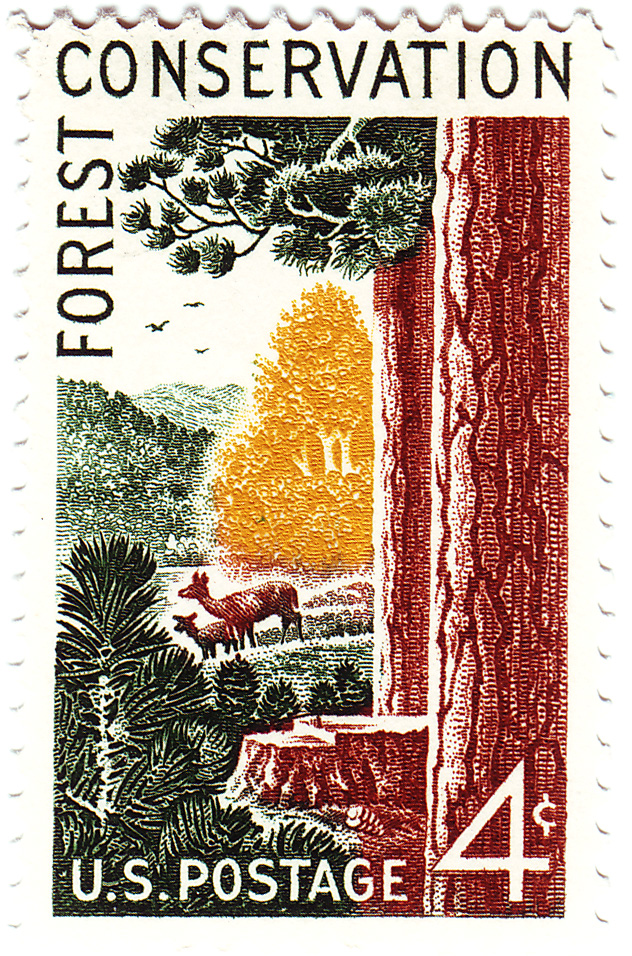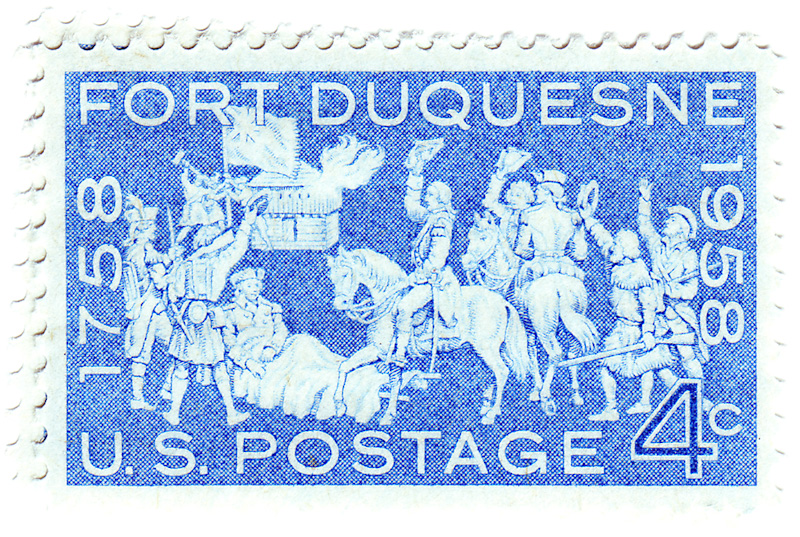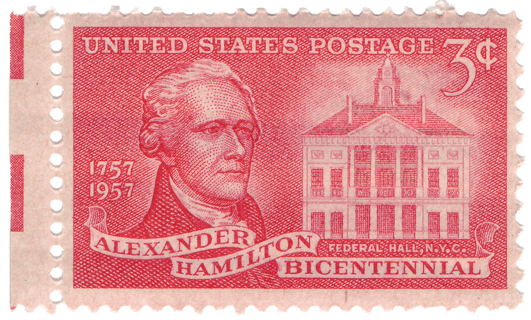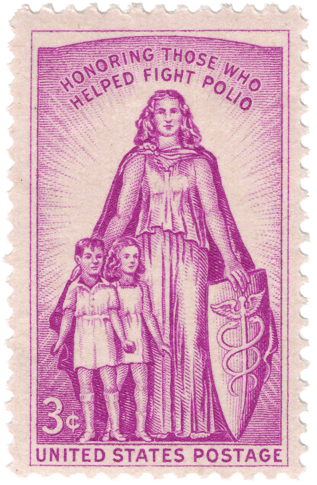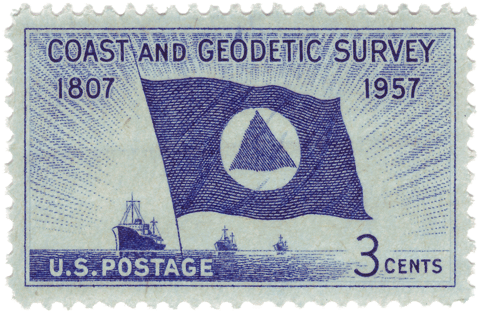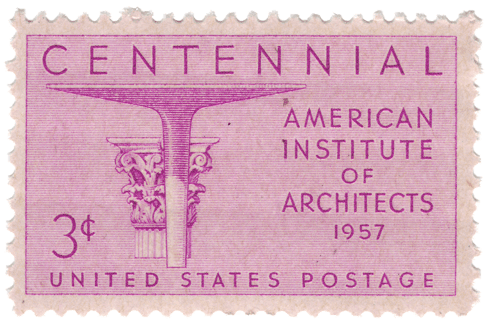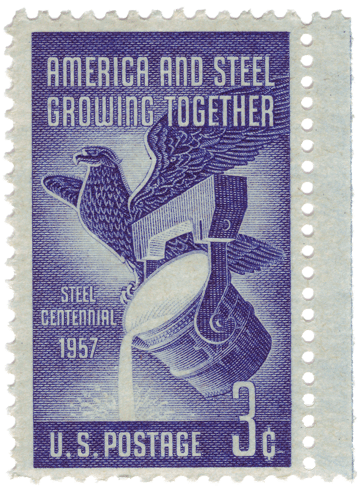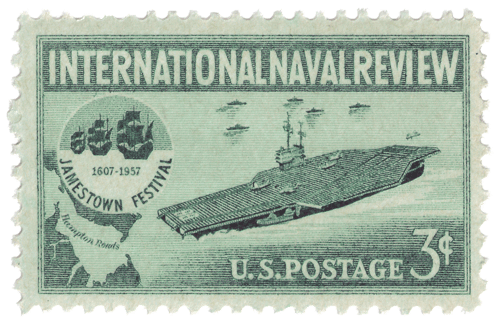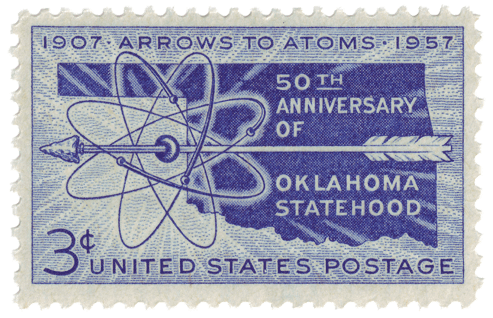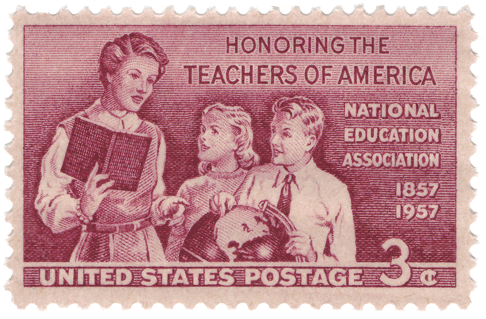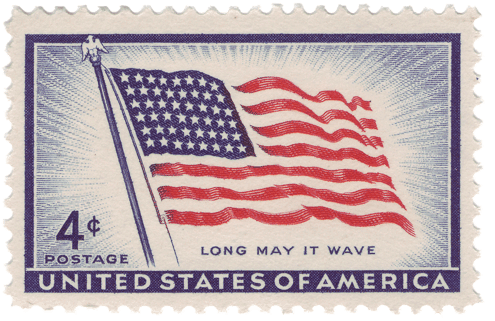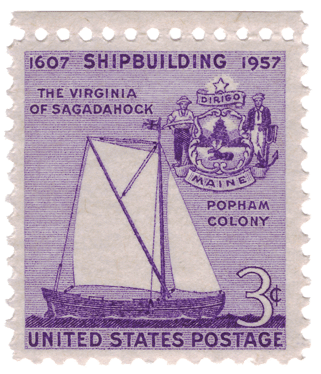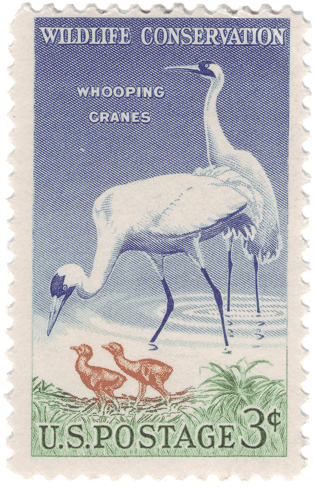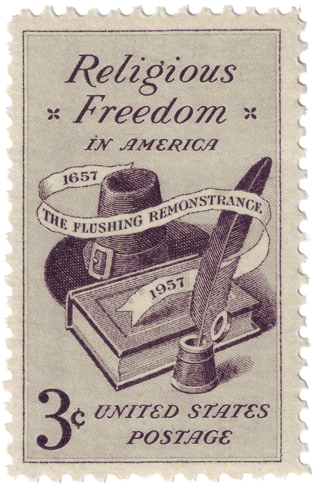It is that time of the year again when I look back at the commemorative postage stamps of 50-years ago. This year we look at the stamps of 1960, a new decade. Stamps issued then celebrated current events as well as 50th and 100th anniversaries.
I also have a similar review of stamps from 1959, 1958 and 1957.
First up is the “American Credo” series, each featuring a historical quote as selected 100 “distinguished Americans”. Some of these quotes are just as radical now as they were then. In fact, I think if you wore some of these on a T-shirt to the airport you would be detailed for questioning.
- “Observe food faith and justice toward all nations”, George Washington in his Farewell Address.
- “Fear to do ill, and you need fear nought else”, Ben Franklin in “Poor Richard’s Almanac”
- “I have sworn… hostility against every form of tyranny over the mind of man”, Thomas Jefferson in letter to Benjamin Rush.
- “And this be our motto, in God is our trust”, Francis Scott Key, from the poem “Defense of Fort McHenry” (later to be the National Anthem)
- “Those who deny freedom to others deserve it not for themselves”, Abraham Lincoln in letter to H.L. Pearce.
- “Give me liberty or give me death”, Speech given in Richmond on March 23, 1775
Lord Baden-Powell founded the scouting movement in 1908, in England. The Boy Scouts of America (BSA) was incorporated in 1910. The 50th anniversary jubilee stamp was designed by the famous illustrator Norman Rockwell. Rockwell had a long association with BSA, having started, at age 19, painting covers for their magazine “Boy’s Life. The USPS released a 100th anniversary stamp this in 2010, with a design by Craig Frazier.
The 1960 Winter Olympic Games were held in Squaw Valley, California, considered an unlikely host at the time the games were awarded to them. These were the first Olympic games to have electronic data processing facilities, in this case provided by an IBM 305 RAMAC.
1959/1960 was the first UN-designated “International Year”, in that case dedicated by the General Assembly as “World Refugee Year” with the aim, “to focus interest on the refugee problem and encourage additional financial contributions from Governments, voluntary agencies and the general public for its solution”.
The design here was by Ervine Metzl.
The UN has dedicated 2011 to several causes, including “International Year of Forests”, “International Year of Chemistry”, “International Year for People of African Descent” and “World Veterinary Year”.
The Water Conservation stamp was part of a series that included Soil Conservation in 1959 and Range Conservation in 1961.
The South-East Asia Treaty Organization (SEATO) was formed in 1954, as a collective defense against communism in South-East Asia. It never really had any power, managed to stay out of the Vietnam War, and was disbanded in 1977.
The “American Woman” stamp does not appear to mark any specific event, contemporary or historical. Typically the date of the first issue and the post office honored to have the first day of issue postmark bears some significance. But this issue was first released June 2nd, 1960 in Washington, DC, a date and place (as far as I can determine) of no particular significance. Remember, this was an active period of the Woman’s Rights movement in the U.S. In 1958 Eisenhower asked Congress to pass the Equal Rights Amendment. Eleanor Roosevelt opposed ERA and backed Adlai Stevenson against Kennedy in 1960. In 1960 the FDA first approved the use of birth control bills. So I take this stamp is serving a contemporary political, even propagandistic purpose, similar to Kennedy’s compromise “Commission on the Status of Women”, with Eleanor Roosevelt as Chairman. We should consider also the Cold War and how women were portrayed in contemporary Soviet propaganda.
Hawaii became the 50th State on August 21st, 1959. This obviously required an update to the Flag. According to USC Title 4, Chapter 1, §2, “On the admission of a new State into the Union one star shall be added to the union of the flag; and such addition shall take effect on the fourth day of July then next succeeding such admission.” Thousands of designs were submitted for the new flag. The winner was 17-year old Bob Heft, whose design was originally done for school project where it receive only a B- grade.
So the new Flag was made official July 4th, 1960, along with a commemorative stamp.
(I wonder if there were any First Day Covers of this issue, considering that post offices are not open on Federal holidays?)
The Pony Express was a mail service from St. Joseph, Missouri to Sacramento, California, around 1,900 miles. For all its fame, even today, it was a relatively short-lived service, from April 3, 1860 to October 1861, interrupted by the Civil War and then made obsolete by the telegraph. The centennial issue was designed by noted illustrator Harold von Schmidt.
The “Employ the Handicapped” issue commemorated the meeting of the 8th World Congress of the “International Society for the Welfare of Cripples” in New York City. Over 3,000 delegates attended. This society was later renamed the “International Society for the Rehabilitation of the Disabled” and more recently to “Rehabilitation International”.
The Fifth World Forestry Congress was held in Seattle, Washington in 1960, with the theme of “Multiple Use of Forest and Associated Lands”. You can see that in reflected in the stamp design, showing the five major uses: wood, water, forage, recreation, and wildlife.
This was a join-issue, designed by Charles R. Chickering and Leon Helguera, with the same design used for a simultaneous Mexican issue.
In 1860 the Japanese sent their first diplomatic mission to the United States, leading to the ratification of the “Treaty of Friendship, Commerce, and Navigation”. I wonder how this commemoration was viewed in 1960, with the pain of WWII so much closer in the minds of contemporaries?
“Wheels of Freedom”, in conjunction with the 1960 National Automobile Show in Detroit.
We know this better today as the “Boys & Girls Clubs of America”. The first Boys Club was formed in Hartford, Connecticut in 1860.
This one was slightly controversial at the time. The Citizen Stamp Advisory Committee which reviews and recommends proposals for stamp subjects initially rejected the proposal to issue a stamp to mark the new automatic mail sorting facility in Providence, calling it “self-serving”. But the Postmaster General overruled their recommendation. A few years, and one congressional hearing later, the prototype facility, called “Project Turnkey”, was declared a failure. Of course, look 50 years later, as we’ve honed delivery, both public mail service as well as private couriers, to a fine edge. It just took some time.
The Camp Fire Girls was founded in 1910 , the same year as Boy Scouts of America. The Girl Scouts of America came about two years later, in 1912. Even 100 years later, the rivalry continues unabated.
“Communications for Peace”. Echo I was a passive communications satellite, meaning it merely acted as a reflector (a 100-foot Mylar balloon), bouncing signals back to earth.
